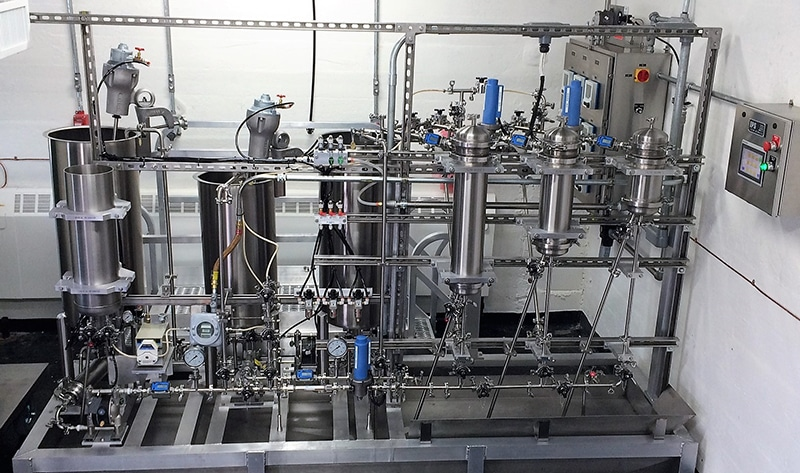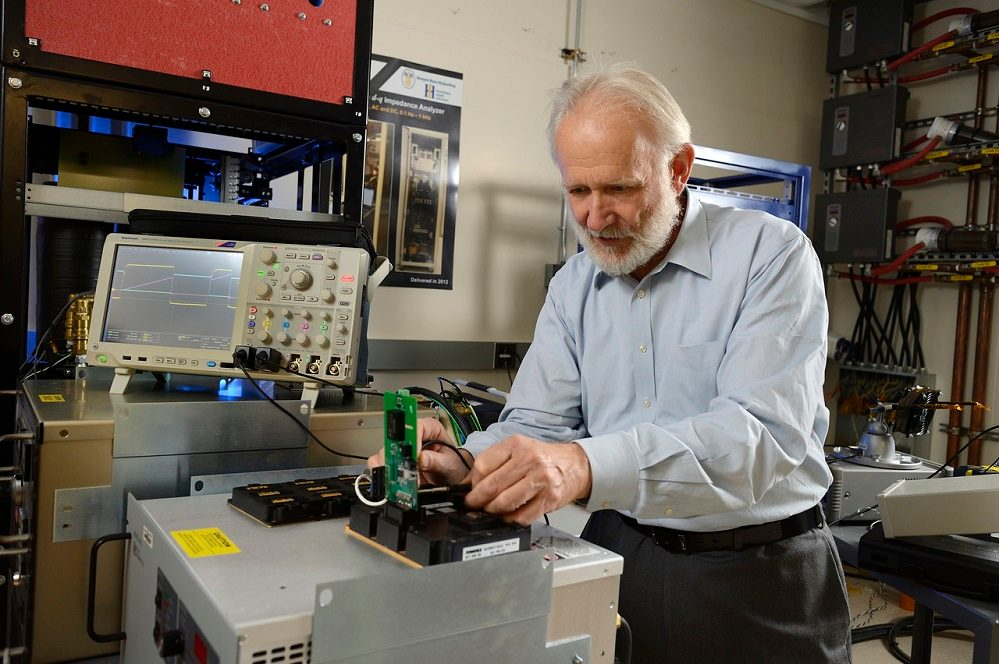Comparing lab wastewater treatment methods

The Imperative of Lab Wastewater Treatment: A Critical Look at Public Health Engineering

The scientific pursuit of knowledge, driven by the tireless efforts of researchers in laboratories across the globe, has undeniably propelled advancements in medicine, technology, and our understanding of the natural world. However, this pursuit often comes with an often-overlooked consequence: the generation of wastewater laden with potentially hazardous substances. This wastewater, a byproduct of the myriad experiments and procedures conducted in laboratories, poses a significant threat to public health and the environment if not adequately treated.
The composition of lab wastewater is highly variable, depending on the specific research activities conducted. It can contain a wide range of contaminants, including heavy metals, organic solvents, acids, bases, biohazardous materials, and radioactive substances. These contaminants, if released untreated into the environment, can have devastating consequences. Heavy metals, for instance, can accumulate in the food chain, leading to biomagnification and posing risks to human health. Organic solvents, known for their volatility and toxicity, can contaminate groundwater and air, impacting both human and ecological health. Acids and bases, if discharged untreated, can alter the pH of water bodies, disrupting aquatic ecosystems and potentially harming aquatic life. Biohazardous materials, such as bacteria, viruses, and parasites, can spread diseases and pose a serious threat to public health. Radioactive substances, if released into the environment, can cause long-term damage to human health and the environment.
The potential for environmental and public health risks associated with untreated lab wastewater has spurred a growing awareness of the need for effective treatment methods. This awareness has been further amplified by the increasing scrutiny of environmental regulations and the growing public demand for responsible environmental practices. The challenge lies in developing and implementing treatment methods that are both effective in removing contaminants and economically feasible for laboratories of all sizes.
The traditional approach to lab wastewater treatment often involves a combination of physical, chemical, and biological processes. Physical methods, such as filtration and sedimentation, are used to remove large particles and suspended solids. Chemical methods, such as oxidation and neutralization, are employed to remove specific contaminants or alter their chemical properties. Biological methods, such as activated sludge and bioaugmentation, utilize microorganisms to break down organic contaminants. While these methods have proven effective in certain cases, they often face limitations in terms of cost, efficiency, and the ability to handle complex mixtures of contaminants.
The need for more efficient, cost-effective, and environmentally friendly lab wastewater treatment methods has led to the exploration of innovative technologies. These technologies include advanced oxidation processes, membrane filtration, and bioremediation. Advanced oxidation processes, such as ozonation and photocatalysis, utilize highly reactive species to degrade organic contaminants. Membrane filtration, a physical separation process, can remove a wide range of contaminants, including bacteria, viruses, and heavy metals. Bioremediation, a biological process, utilizes microorganisms to break down contaminants, offering a sustainable and environmentally friendly approach.
The selection of an appropriate lab wastewater treatment method depends on several factors, including the type and concentration of contaminants, the volume of wastewater generated, the available resources, and the regulatory requirements. A comprehensive assessment of these factors is crucial to ensure the selection of a method that is both effective and cost-efficient.
This article delves into the intricacies of lab wastewater treatment methods, providing a comparative analysis of various technologies and their effectiveness in removing different types of contaminants. It aims to equip lab technicians, project managers, procurement managers, and C-suite executives in the scientific industry with the knowledge and insights necessary to make informed decisions regarding lab wastewater treatment. By understanding the strengths and limitations of different treatment methods, stakeholders can select the most appropriate option for their specific needs, ensuring the protection of public health and the environment while supporting the advancement of scientific research.
The Growing Challenge of Lab Wastewater
The scientific community is a driving force behind innovation and progress, pushing the boundaries of knowledge and understanding. However, this pursuit of discovery often comes with a significant environmental footprint, particularly in the form of wastewater generated by laboratories. As research activities intensify and the demand for scientific advancements grows, the challenge of managing lab wastewater effectively becomes increasingly critical. This challenge is not merely an environmental concern; it directly impacts public health, regulatory compliance, and the sustainability of scientific endeavors.
Laboratory wastewater, unlike typical domestic or industrial wastewater, presents a unique set of challenges due to its complex composition. It often contains a cocktail of hazardous substances, including heavy metals, organic solvents, biohazardous materials, and radioactive isotopes. These contaminants can pose serious risks to human health and the environment if not properly treated. The presence of heavy metals, for example, can contaminate water sources, leading to bioaccumulation in the food chain and potential health problems. Organic solvents, known for their volatility and toxicity, can evaporate into the atmosphere, contributing to air pollution and posing risks to human health. Biohazardous materials, such as bacteria, viruses, and genetically modified organisms, can spread diseases and disrupt ecosystems. Radioactive isotopes, if not managed carefully, can cause radiation exposure and long-term environmental damage.
The complexity of lab wastewater necessitates specialized treatment methods that can effectively remove or neutralize these contaminants. Traditional wastewater treatment plants, designed for domestic and industrial wastewater, may not be equipped to handle the unique challenges posed by lab wastewater. This underscores the need for tailored solutions that address the specific characteristics of laboratory effluents. The development of efficient and sustainable wastewater treatment technologies is crucial for ensuring the responsible conduct of scientific research and protecting public health.
Public Health Engineering: A Crucial Link in Lab Wastewater Management
The effective management of lab wastewater is not merely a technical challenge; it is a critical public health concern. Public health engineering plays a pivotal role in ensuring the safe disposal of lab wastewater and protecting public health. This field encompasses the design, construction, and operation of wastewater treatment systems, as well as the development of regulations and guidelines for wastewater management. Public health engineers are responsible for ensuring that wastewater treatment systems are designed and operated to meet regulatory standards and minimize the risks to human health and the environment.
Public health engineers work closely with scientists, researchers, and laboratory personnel to understand the specific characteristics of lab wastewater and develop appropriate treatment solutions. They consider factors such as the types of contaminants present, the volume of wastewater generated, and the available resources for treatment. Public health engineers also play a crucial role in educating laboratory personnel about proper wastewater management practices and promoting the adoption of sustainable wastewater treatment technologies.
The principles of public health engineering are essential for ensuring the responsible management of lab wastewater. By applying these principles, we can minimize the risks associated with lab wastewater and protect public health. This includes:
- Designing and operating wastewater treatment systems that meet regulatory standards. This involves ensuring that the treatment system is capable of removing or neutralizing all contaminants to acceptable levels.
- Developing and implementing comprehensive wastewater management plans. This includes procedures for collecting, storing, and transporting wastewater, as well as for monitoring the effectiveness of the treatment system.
- Educating laboratory personnel about proper wastewater management practices. This includes training on the risks associated with lab wastewater, the importance of proper disposal procedures, and the use of appropriate treatment technologies.
- Promoting the adoption of sustainable wastewater treatment technologies. This includes technologies that are energy-efficient, minimize waste generation, and reduce the environmental impact of wastewater treatment.
By integrating public health engineering principles into lab wastewater management, we can ensure that scientific research is conducted responsibly and that the environment and public health are protected.
The Future of Lab Wastewater Treatment: A Call for Innovation and Collaboration
The challenge of managing lab wastewater is not static; it is constantly evolving as scientific research advances and new technologies emerge. The future of lab wastewater treatment lies in the development of innovative and sustainable solutions that can address the growing complexity of laboratory effluents. This requires a collaborative effort involving scientists, engineers, policymakers, and industry stakeholders.
One key area of focus for future research is the development of advanced treatment technologies that can effectively remove or neutralize emerging contaminants, such as pharmaceuticals, nanomaterials, and microplastics. These contaminants pose unique challenges to conventional treatment methods and require novel approaches to ensure their safe disposal. Another important area of research is the development of integrated wastewater management systems that combine multiple treatment technologies to achieve optimal efficiency and sustainability. These systems can be designed to minimize energy consumption, reduce waste generation, and maximize water reuse.
The future of lab wastewater treatment also depends on the adoption of sustainable practices throughout the research lifecycle. This includes minimizing the generation of wastewater in the first place, using environmentally friendly chemicals and reagents, and implementing proper waste segregation and disposal procedures. By embracing these practices, we can reduce the environmental footprint of scientific research and contribute to a more sustainable future.
The challenge of managing lab wastewater is a shared responsibility. Scientists, engineers, policymakers, and industry stakeholders must work together to develop and implement innovative solutions that protect public health and the environment. By embracing innovation, collaboration, and sustainable practices, we can ensure that the pursuit of scientific discovery is conducted responsibly and that the benefits of science are enjoyed by all.
Products You may Like
Check out other IT- Tech product that suit your taste
Subscribe to our newsletter
Stay updated with IT-Tech Insights
Related posts
Check out other IT- Tech Scientific Resources

Introduction to lab plumbing and drainage
Lab plumbing and drainage are critical components of any scientific facility, ensuring the safe disposal of hazardous materials and the efficient operation of equipment. This article delves into the fundamentals of lab plumbing and drainage, covering topics such as water supply, waste disposal, and the application of Public Health Engineering principles to laboratory settings. Understanding these concepts is essential for maintaining a safe and productive research environment.

Introduction to lab gas distribution systems
Lab gas distribution systems are crucial for delivering essential gases to scientific instruments and experiments. These systems ensure safe, reliable, and controlled gas flow, minimizing risks and maximizing efficiency. This article explores the key components of a lab gas distribution system, including gas cylinders, regulators, manifolds, piping, and control valves. It also discusses design considerations such as material selection, pressure ratings, and safety features. Understanding the principles and benefits of lab gas distribution systems is essential for researchers and lab managers seeking to optimize their research environment and ensure the safety of their personnel.

Resolving wiring and grounding issues
Electrical issues can disrupt your lab's workflow and compromise safety. This article focuses on troubleshooting wiring and grounding problems, common culprits behind electrical malfunctions. We'll cover identifying signs of faulty wiring, diagnosing grounding issues, and implementing safe and effective solutions. Whether you're dealing with intermittent power outages, electrical shocks, or equipment malfunctions, this guide will equip you with the knowledge to resolve these problems efficiently and ensure a safe and reliable lab environment.





























.png)

























































.png)




















